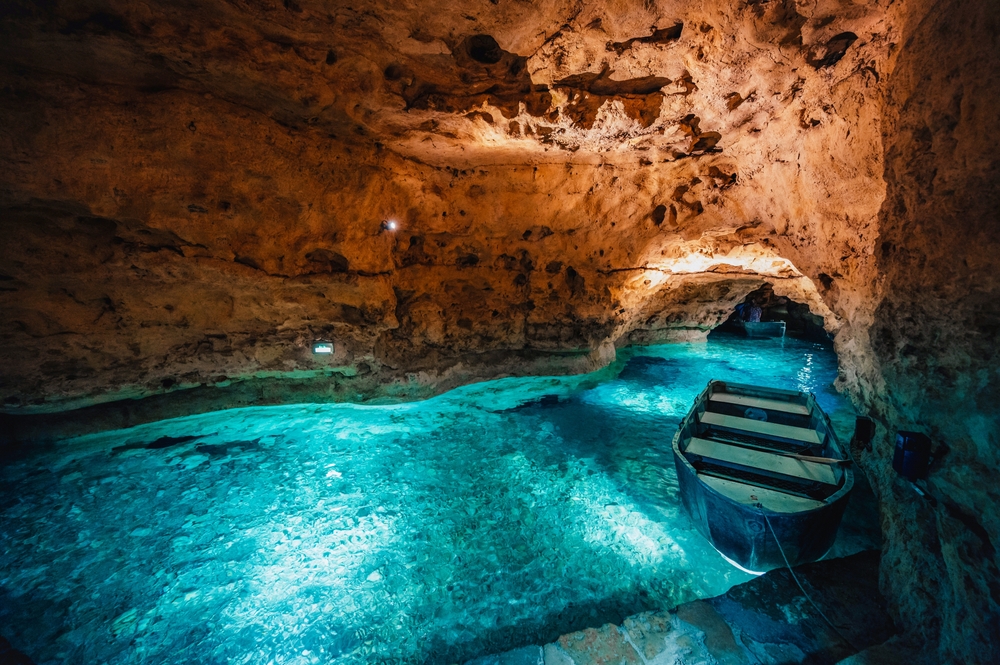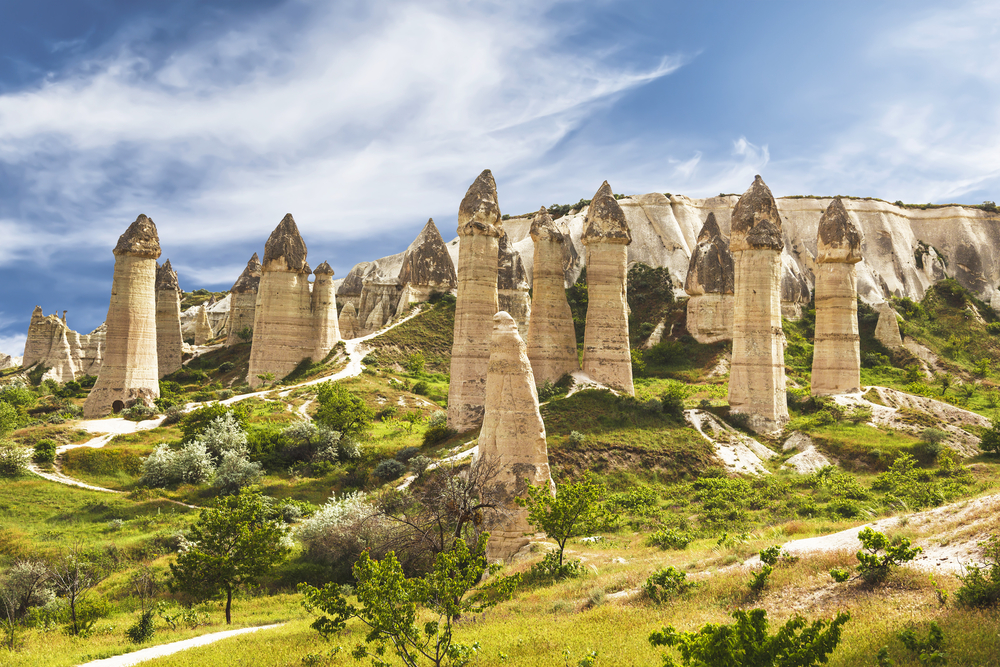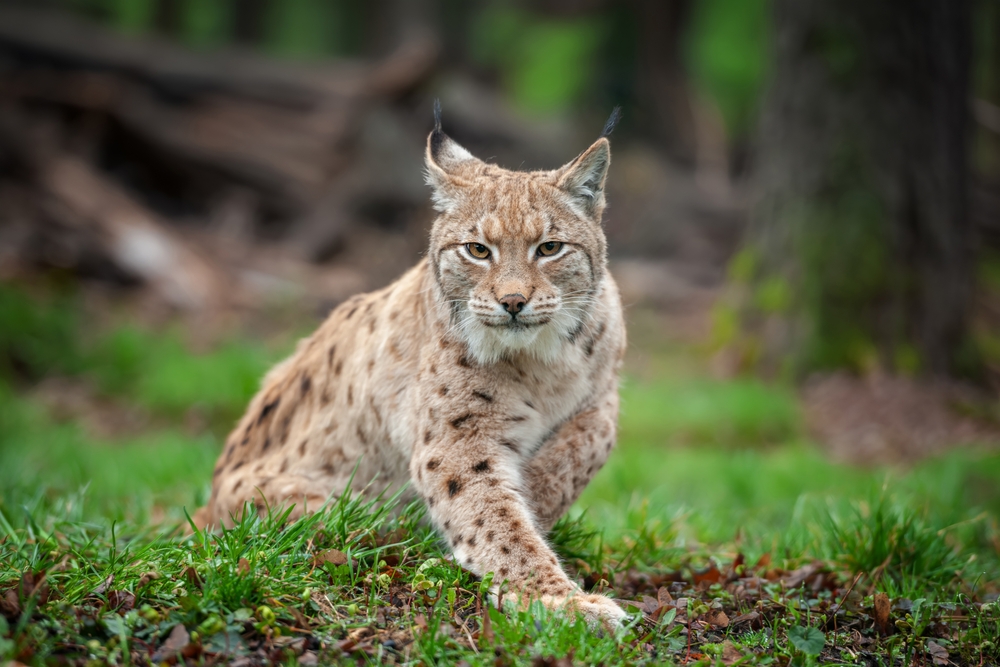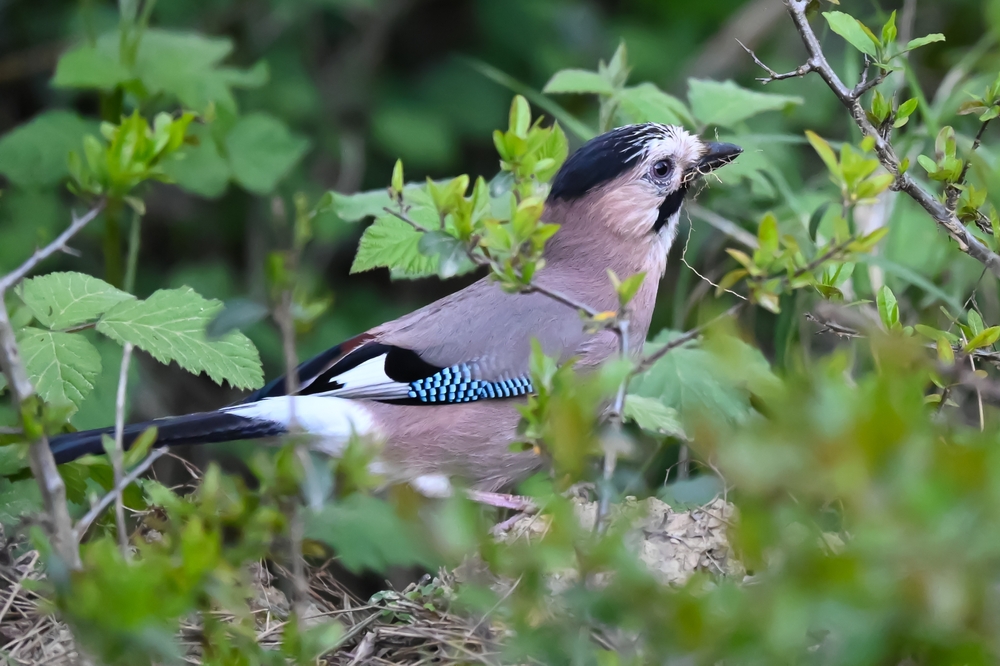Derebucak Çamlık Caves Overview
Derebucak Çamlık Caves National Park, known locally as Derebucak Çamlık Mağaraları Milli Parkı, is a captivating natural area located in the Konya Province of central Turkey.
The park covers approximately 12.7 square miles, or about 33 square kilometers. Nestled within the Taurus Mountains, this protected area is renowned for its dramatic karst topography and intricate cave systems, which have developed over millennia through the slow dissolution of limestone by underground water sources.
The terrain is rugged and diverse, featuring forested slopes, steep cliffs, and rocky outcrops. The crown jewel of the park is the Balatini Cave, a vast underground system that stretches over 6 kilometers, making it one of the longest caves in Turkey.
Alongside Balatini, the Körükini and Suluin caves also draw attention for their underground rivers, impressive stalactites, and expansive chambers. The landscape above ground is equally rich, with dense stands of black pine, juniper, and oak trees carpeting the hillsides and valleys.
Wildlife in Derebucak Çamlık Caves National Park thrives in the undisturbed woodlands and subterranean ecosystems. Among the key mammals that inhabit the region are wild boar, red fox, and the elusive Anatolian lynx, a subspecies native to Turkey. Small mammals such as hares and hedgehogs are also commonly seen.
The park’s forests serve as critical habitats for a wide array of birds, including the Eurasian eagle-owl, the common buzzard, and various species of woodpeckers and songbirds. Bats are an essential component of the park’s ecosystem, with several species roosting within the caves, playing a crucial role in insect control and cave ecology.
One of the most popular features of the park is the cave exploration experience, with the Balatini Cave offering guided visits through its winding tunnels, underground streams, and awe-inspiring formations. These caves attract both seasoned spelunkers and casual visitors fascinated by geology and natural history.
The forested areas of the park also provide scenic hiking trails, some of which lead to panoramic viewpoints overlooking the Taurus Mountains. Picnic areas and designated rest spots allow for peaceful retreats into nature, making the park a favored weekend destination for locals and tourists alike.
Visitors engage with the park through activities such as hiking, caving, photography, birdwatching, and nature observation. The cooler highland climate and shaded woodlands provide a pleasant setting for outdoor activities, particularly in the summer months. Educational signage and occasional ranger-led programs help to raise awareness of the park’s unique geological and ecological features.
Conservation efforts in Derebucak Çamlık Caves National Park have seen notable successes, particularly in protecting the delicate cave environments and their resident bat populations.
However, challenges remain, such as regulating human access to sensitive cave areas, managing illegal hunting, and addressing the potential impacts of nearby agricultural development. Continued cooperation between local communities, conservationists, and park authorities is essential to preserve the natural and cultural heritage of this remarkable region.
















































































